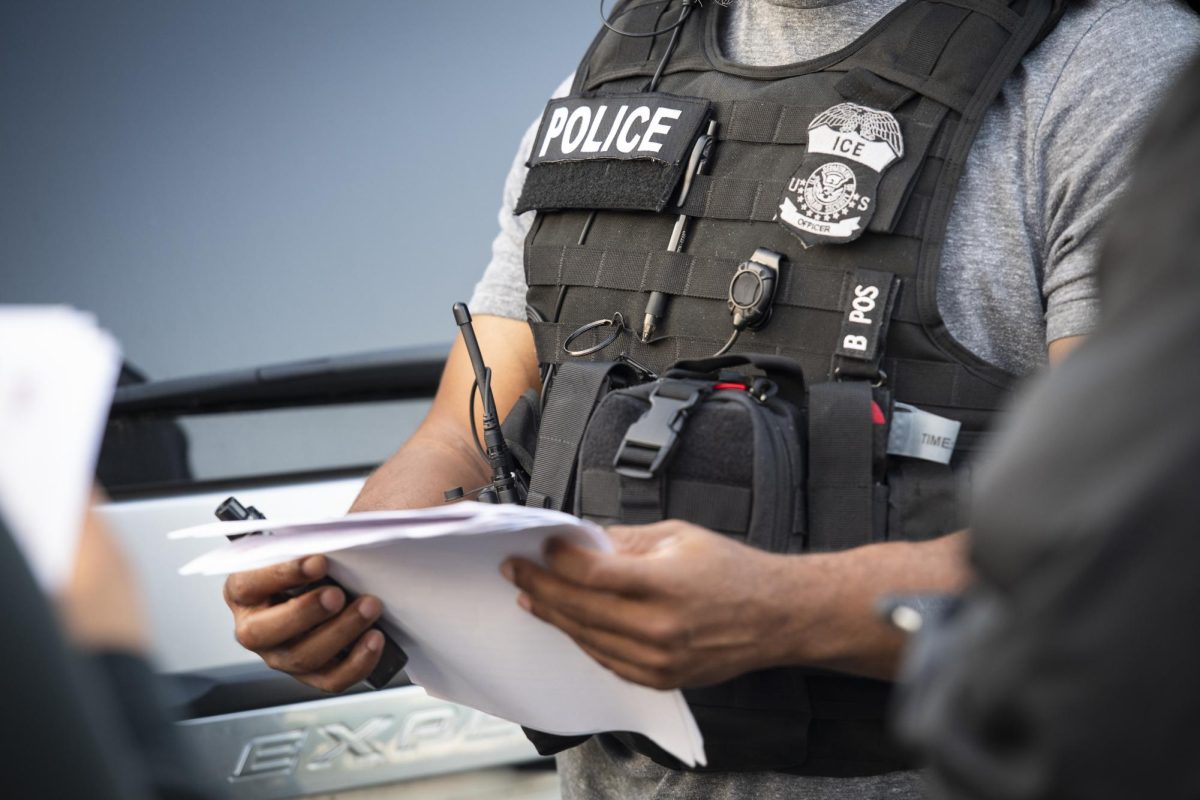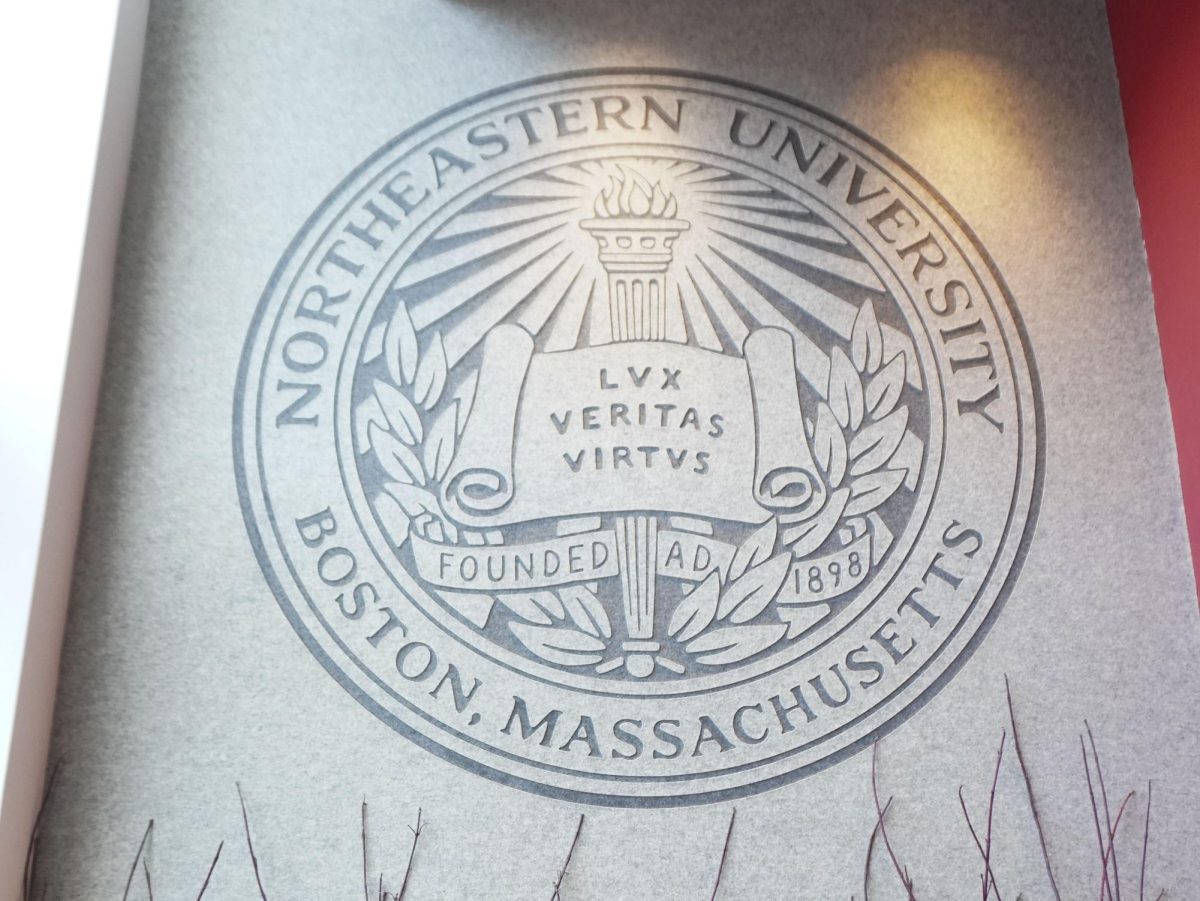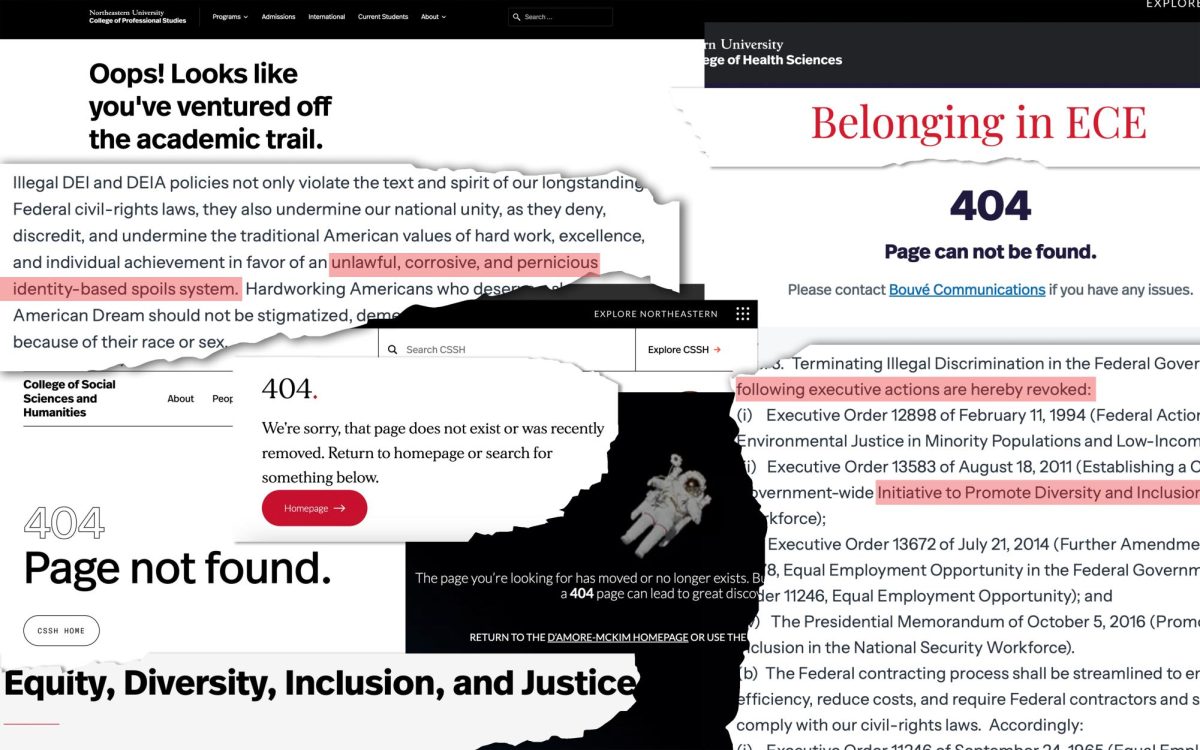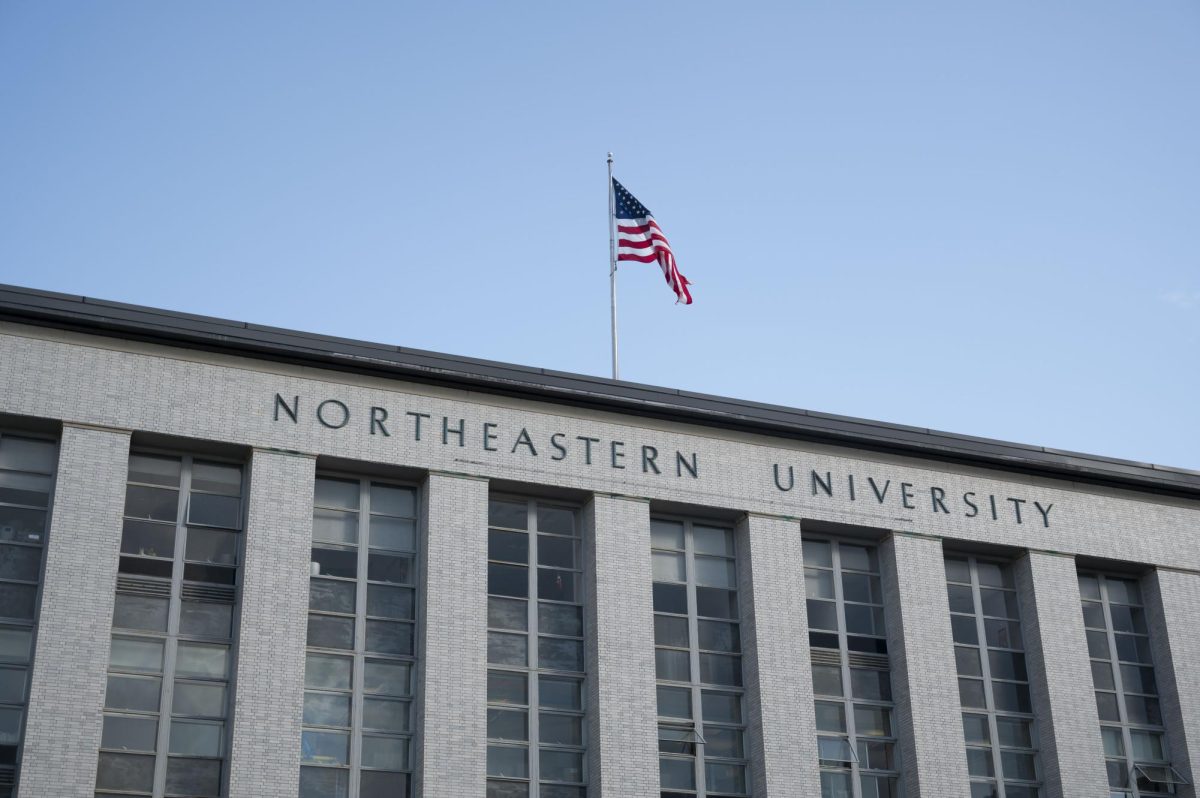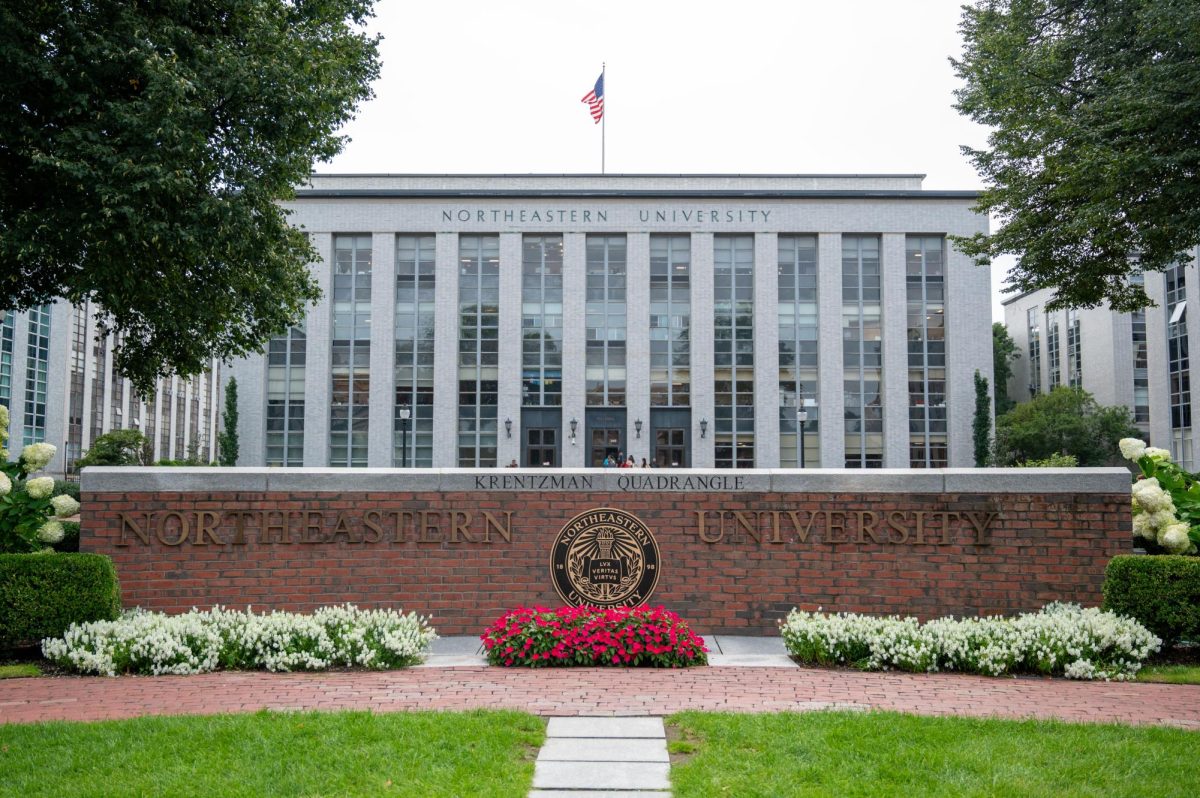By Jeanine Budd
The next time you’re taking the Orange Line train inbound to Northeastern, don’t get off at Ruggles. Stay in your seat for one more stop and get off instead at the old Roxbury Crossing.
As you emerge from the station, stare down Tremont Street toward Huntington Avenue and breathe the fresh, farm air. They may not be visible right away, but if you overlook the realities of 2007, and let yourself slip back to the 17th century — in this former farming town, there would be no skyscrapers.
On the cloudy Sunday afternoon of Sept. 30, Robert Anderson, professor of architectural history at Endicott College, who is a volunteer tour-guide for Boston By Foot (BBF), intended to walk back in time.
For $15 each, about 20 people gathered to take a walking tour of historic Roxbury, organized by BBF, a local nonprofit organization. The Roxbury tour, a special edition tour for BBF, is offered once about every two years. History students may feel compelled to explore the neighborhood, knowing that pilgrims, pioneers, abolitionists and revolutionaries lived here.
The tour began in 1630, when Roxbury was first settled by an off-shoot of Boston Puritans led by William Pynchon, who traveled to Boston along with John Winthrop, the first elected governor of the Massachusetts Bay Colony, Anderson said. Pynchon was active in founding Roxbury, along with its first church — fittingly, it was called the First Church.
“When [the Puritans] came here, they were fleeing religious persecution in England,” Anderson said, who also explained that the Puritans lived an agrarian lifestyle.
With the Muddy River and Stony Brook running into Back Bay through farmland, trees and stone, this “land of flowing waters” has offered more than enough nourishment to its inhabitants. And if the natural resources aren’t enough, the steep hills offered breathtaking views of the Shawmut peninsula.
As you’re strolling through one of the many orchards that once lined Roxbury, you may see a colonial man who looks like Al Gore. In 1635, a man named John Gore an ancestor of the former vice president secured a piece of this abundant farmland.
Crossing Columbus Avenue, watch as the farms of the 18th century are swept away by the rapid industrialization of the 19th century. Imagine the building of the Boston and Providence railroad that eventually brought 46,000 people to Roxbury during the first half of the 19th century.
“There was always a demand to industrialize businesses and the area,” Anderson said. “And that’s what led to the Back Bay being filled in.”
In 1846, Roxbury was composed of grist mills, tanneries and breweries and became a city of its own, after years of existence as a low-key rustic community, Anderson said.
Turning up Elmwood Street from Columbus Avenue, in 1856, there is a red brick factory at the intersections of Elmwood, Gardner and Roxbury streets. Louis Prang, a textile manufacturer of French Huguenote origin, created the first greeting cards and Christmas cards in the United States there.
Prang was also actively involved in defending the rights of his workers, Anderson said.
“Louis Prang promoted not just German equality, but everyone’s equality.” he said. “When push came to shove, he realized that this was an issue that affected every class of people in Boston.”
Wade through the hustle, noise and pollution of a developing industrial Boston back into the 1700s and clamber up steep Gardner Street before turning left, stopping at John Eliot Square. There, William Dawes, who is often overshadowed by Paul Revere, Anderson said, was warning, “The British are coming!” during the night of April 18, 1775.
Turn left to Highland Street and begin to make yet another ascent toward a puddingstone quarry. Ubiquitous puddingstone was frequently used to construct walls and house foundations throughout Boston. The conglomerate stone received its name from a poem written by Oliver Wendell Holmes.
“The Dorchester Giant,” is a tale of giant children who didn’t like their pudding and, as a consequence, flung it all across Roxbury, Dorchester and Milton. The pudding then solidified: “Giant mammoth have massed away/For ages have floated by;/The suet is hard as marrowbone,/And every plum is turned to stone, But there the pudding lie.”
As you continue up Highland Street, peer through the gate at the yellow house on this hill and imagine William Lloyd Garrison, who relaxed there before he went to work in Boston, where he published his abolitionist newspaper, “The Liberator,” for more than 30 years. The paper was printed from 1831 to 1865, amid a sea of racial turmoil.
“[Roxbury] gave him peace and quiet away from the city,” Anderson said. “Many people didn’t want to abolish slavery. [And] he was almost lynched on the Boston Common by a mob of people, because they didn’t agree with what he was saying.”
Last turn right up Fort Avenue and make your way up a hill into Highland Park, the site of Roxbury High Fort. There, on March 4, 1776 2,400 men shot covering fire for General George Washington and his troops so they could escape undetected by the Brittish.
Standing on top of the hill, you’ve witnessed battles, racial turmoil and industrialization. As you look down over what used to be a sweeping valley, just imagine what it’ll look like in another 100 years.



